Running a hair salon means juggling appointments, answering the same questions dozens of times a day, and trying to provide top-notch customer service while actually doing hair. What if you could automate the repetitive stuff and focus on what you do best?
Enter AI chatbots. These digital assistants can handle appointment booking, answer common questions about your services, and even collect customer information, all while you’re busy making your clients look fabulous.
Here’s everything you need to know about setting up a chatbot for your hair salon that actually works.
What is a hair salon chatbot and why do you need one?

A hair salon chatbot is an AI-powered assistant that can interact with your customers through your website, social media, or messaging apps. It can handle routine tasks that would otherwise require your staff’s attention.
For hair salons specifically, chatbots excel at:
Appointment scheduling: Customers can book, reschedule, or cancel appointments 24/7, even when your salon is closed.
Service information: Instantly answer questions about pricing, services, products, and stylist availability.
Customer data collection: Gather contact information, service preferences, and hair history before appointments.
FAQ handling: Respond to common questions about hours, location, parking, and policies.
Product recommendations: Suggest hair care products based on customer needs and hair type.
The result? Your staff spends less time on the phone and more time with clients, while customers get instant answers whenever they need them.
Choosing the right chatbot platform for your salon
Two standout platforms work particularly well for hair salons: Answerly and Chatbase. Both offer unique advantages depending on your needs and technical comfort level.
Answerly excels at comprehensive customer support with advanced features designed for service businesses. It offers real-time training, multiple AI model support, and seamless data collection capabilities.
Chatbase provides a user-friendly setup process and strong integration options, making it ideal for salons wanting a straightforward solution.
Both platforms offer free tiers to get started, so you can test which works best for your salon’s specific needs.
How to set up your chatbot with Answerly
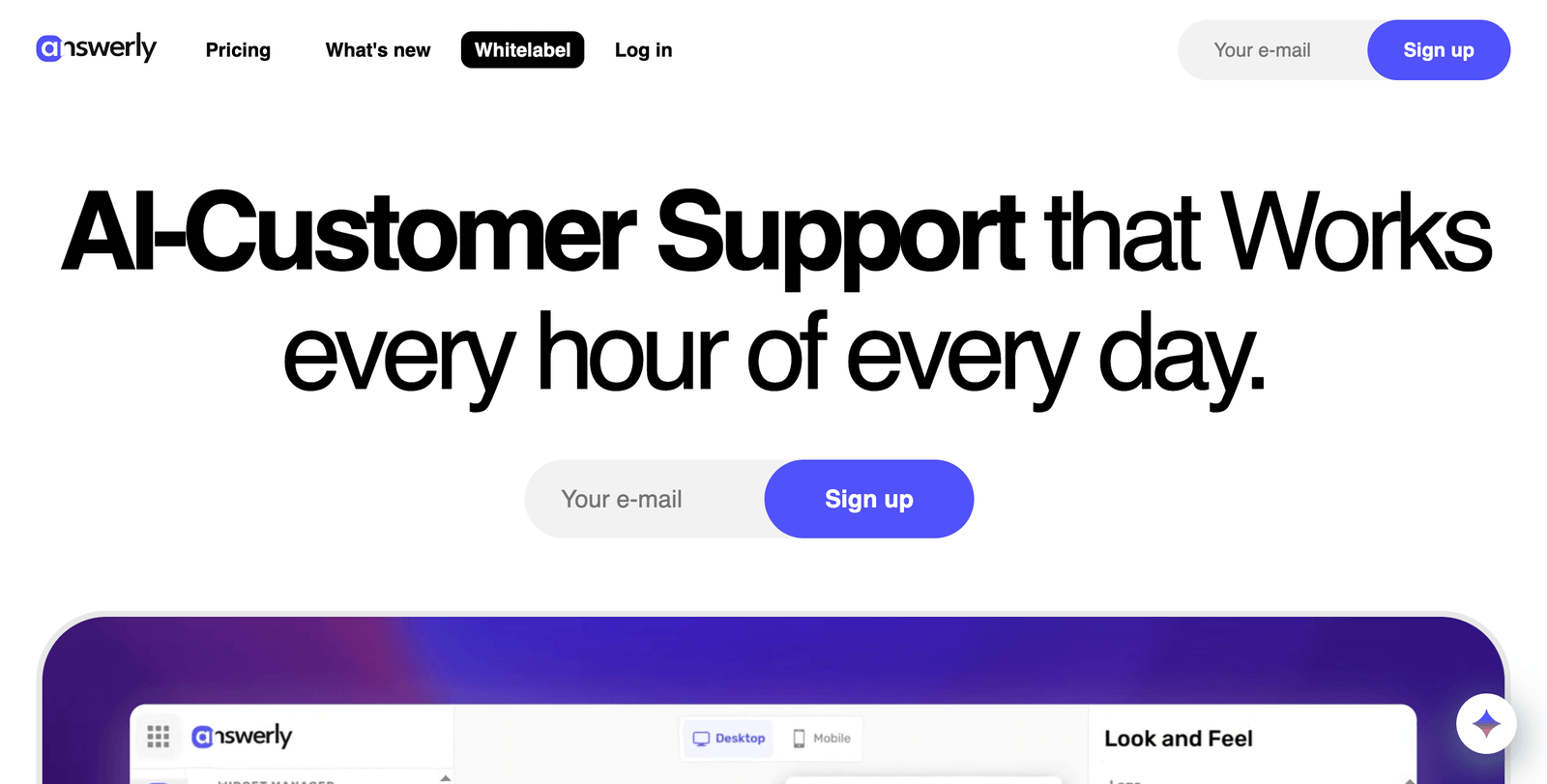
Answerly makes it incredibly easy to train an AI assistant that understands your salon’s unique services and personality.
Create your Answerly account
Go to https://answerly.io/ and sign up for a free account. You’ll get one AI agent, one website integration, and basic features to start.
Train your AI in seconds
Answerly offers multiple training methods perfect for salons:
Website training: Simply enter your salon’s website URL, and Answerly will automatically crawl and learn from your existing content about services, pricing, and policies.
QA Pairs: Create specific question-and-answer combinations for common salon inquiries:
- “What are your hours?” → “We’re open Tuesday-Saturday, 9am-7pm, and Sunday 10am-5pm.”
- “Do you take walk-ins?” → “We accept walk-ins based on availability, but appointments are recommended.”
Document upload: Upload your service menu, price list, or staff bios as PDF files to give your chatbot comprehensive knowledge about your offerings.
Google Sheets integration: Maintain your chatbot’s knowledge base in a Google Sheet for easy updates when prices or services change.
Set up appointment booking
Configure Answerly to collect essential booking information:
- Preferred date and time
- Service type (cut, color, highlights, etc.)
- Stylist preference
- Contact information
- Special requests or hair concerns
The AI will guide customers through a conversational booking process and can even embed a calendar directly in the chat for real-time scheduling.
Customize your chatbot’s personality
Make your chatbot sound authentically you by:
- Setting a friendly, professional name (many salons use names that match their brand)
- Writing personality guidelines that reflect your salon’s voice
- Adding your salon’s specific terminology and service descriptions
Install on your website
Answerly provides a simple embed code to add the chatbot widget to your website. The widget is fully customizable to match your salon’s branding, colors, and style.
How to set up your chatbot with Chatbase
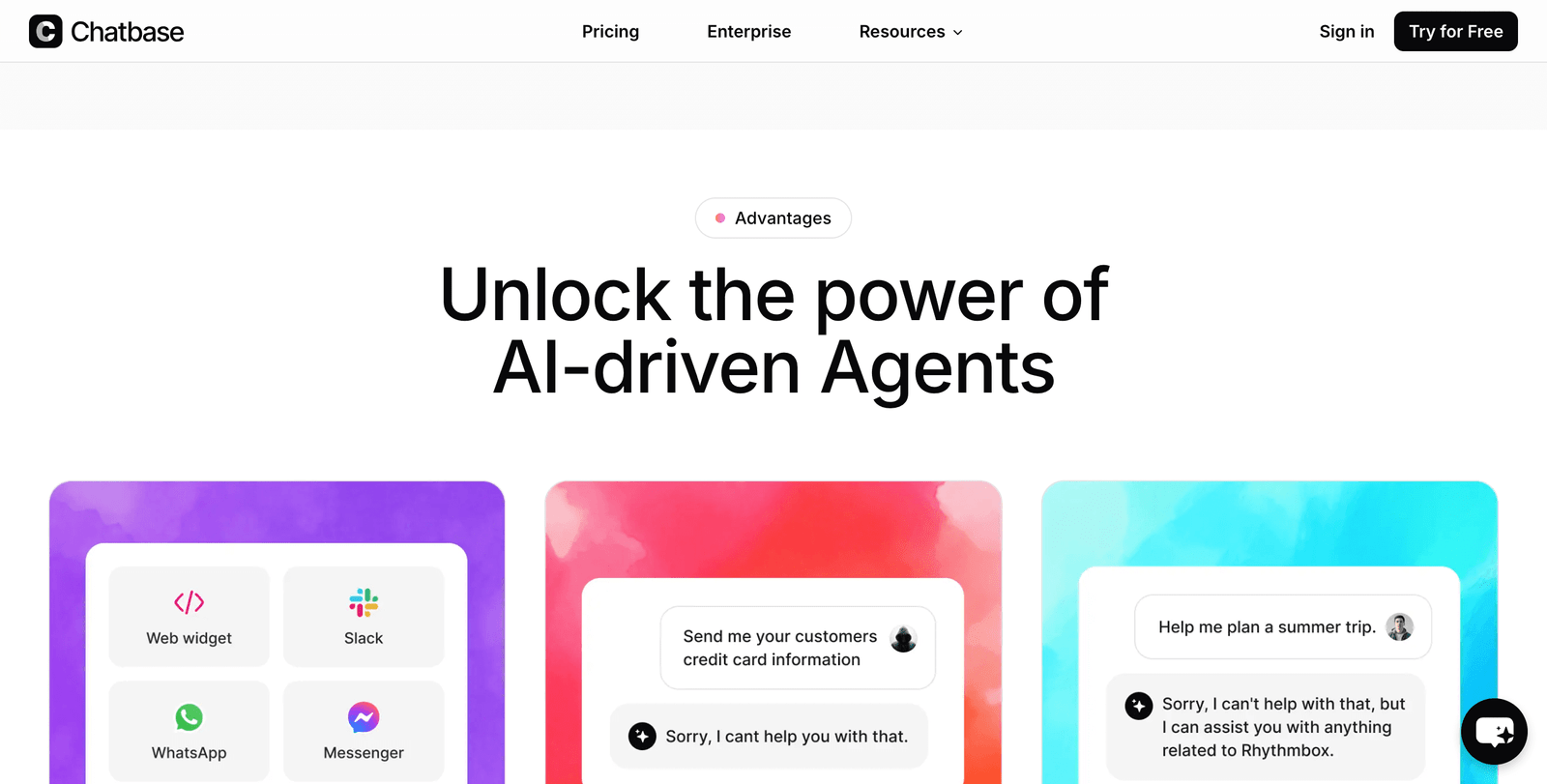
Chatbase offers another excellent option for salons seeking a streamlined setup process.
Sign up for Chatbase
Visit https://www.chatbase.co/ and create your account. Their free tier allows you to test the platform with basic features.
Upload your salon’s information
Chatbase excels at learning from documents and websites. Upload:
- Your service menu and pricing
- Staff biographies and specialties
- Salon policies and procedures
- Frequently asked questions
Train with specific salon scenarios
Create training conversations that cover typical salon interactions:
- Booking appointments for different services
- Explaining the difference between highlights and balayage
- Discussing maintenance schedules for color treatments
- Handling cancellation and rescheduling requests
Configure integrations
Connect your chatbot to your existing booking system or calendar app to enable real-time appointment scheduling.
Deploy across multiple channels
Chatbase allows you to deploy your chatbot on your website, Facebook Messenger, and other messaging platforms where your customers already spend time.
Training your chatbot with salon-specific information
Regardless of which platform you choose, your chatbot needs comprehensive training on salon-specific topics.
Essential knowledge areas:
Services and pricing: Include detailed descriptions of every service you offer, from basic cuts to complex color treatments. Be specific about what’s included and typical timing.
Stylist information: Provide background on each team member’s specialties, experience, and availability to help customers choose the right fit.
Product knowledge: Train your chatbot on the hair care products you carry, including which products work best for different hair types and concerns.
Booking policies: Clearly explain your cancellation policy, deposit requirements, consultation processes, and any other booking-related rules.
Aftercare instructions: Provide guidance on maintaining cuts, caring for colored hair, and extending the life of treatments.
Tip:
Start with your most frequently asked questions and gradually expand your chatbot’s knowledge base. Monitor conversations to identify gaps where the chatbot struggles to help customers.
Essential features every salon chatbot needs

Appointment booking capabilities
Your chatbot should seamlessly guide customers through scheduling appointments, including:
- Service selection with clear descriptions
- Stylist availability and preferences
- Time slot suggestions based on service duration
- Contact information collection
- Confirmation and reminder setup
Smart service recommendations
Train your chatbot to ask qualifying questions and suggest appropriate services:
- “How long has it been since your last color?”
- “What’s your current hair care routine?”
- “Are you looking for a dramatic change or maintenance?”
Visual responses
Include photos of different services, cuts, and color options to help customers visualize what they want. Both Answerly and Chatbase support image responses.
Escalation to human staff
Set up smooth transitions to human staff for complex questions, emergencies, or when customers specifically request to speak with someone.
Data collection
Capture valuable customer information including:
- Contact details for follow-up marketing
- Service history and preferences
- Hair goals and inspiration photos
- Allergies or sensitivities
Best practices for salon chatbot conversations
Keep responses conversational and warm
Your chatbot should reflect your salon’s personality. Use friendly, welcoming language that makes customers feel comfortable discussing their hair goals.
Provide specific, actionable information
Instead of vague responses, give detailed information:
- “A full highlight service takes 2-3 hours and starts at $150”
- “We recommend touching up roots every 6-8 weeks for optimal color”
Use qualifying questions
Help customers find exactly what they need by asking smart follow-up questions:
- “Is this your first time coloring your hair?”
- “Are you looking to go lighter or darker?”
- “Do you prefer low-maintenance or high-impact styles?”
Handle common objections gracefully
Train your chatbot to address typical concerns:
- Price sensitivity: “We offer consultations to discuss options within your budget”
- Time constraints: “We have express services available for quick touch-ups”
- Damage concerns: “Our stylists specialize in healthy hair treatments”
Measuring your chatbot’s success
Track these key metrics to ensure your chatbot is delivering value:
Conversion metrics:
- Appointment bookings through the chatbot
- Information requests that lead to bookings
- Customer satisfaction ratings
Efficiency metrics:
- Reduction in phone calls for basic information
- Time saved by staff on routine inquiries
- After-hours engagement rates
Customer experience metrics:
- Chat completion rates
- Most common exit points
- Customer feedback on chatbot interactions
Business impact:
- Increase in new customer bookings
- Improved booking confirmation rates
- Revenue generated through chatbot interactions
Features to consider
Once your basic chatbot is running smoothly, consider adding these advanced capabilities:
SMS integration
Allow customers to text your chatbot directly for quick questions and appointment reminders.
Social media integration
Deploy your chatbot on Facebook Messenger and Instagram to meet customers where they already engage with your brand.
Multilingual support
If you serve diverse communities, train your chatbot to communicate in multiple languages.
Seasonal promotions
Program your chatbot to mention current specials, holiday packages, or seasonal color trends.
Client history access
For returning customers, enable your chatbot to reference previous services and suggest appropriate follow-up treatments.
Getting started today
Setting up a chatbot for your hair salon doesn’t require technical expertise or a huge budget. Both Answerly and Chatbase offer free tiers that let you experiment and prove the value before investing in premium features.
Start by identifying your salon’s most common customer questions and pain points. Then choose the platform that best fits your needs and begin training your AI assistant with that essential information.
Within a few hours, you can have a working chatbot that handles appointment bookings and answers basic questions. From there, you can gradually expand its capabilities based on your customers’ needs and your staff’s feedback.
The investment in time and setup will pay dividends in improved customer service, increased bookings, and more time for you and your team to focus on creating beautiful hair.
Your customers want convenient, instant access to information and booking. A well-configured chatbot gives them exactly that while growing your business in the process.
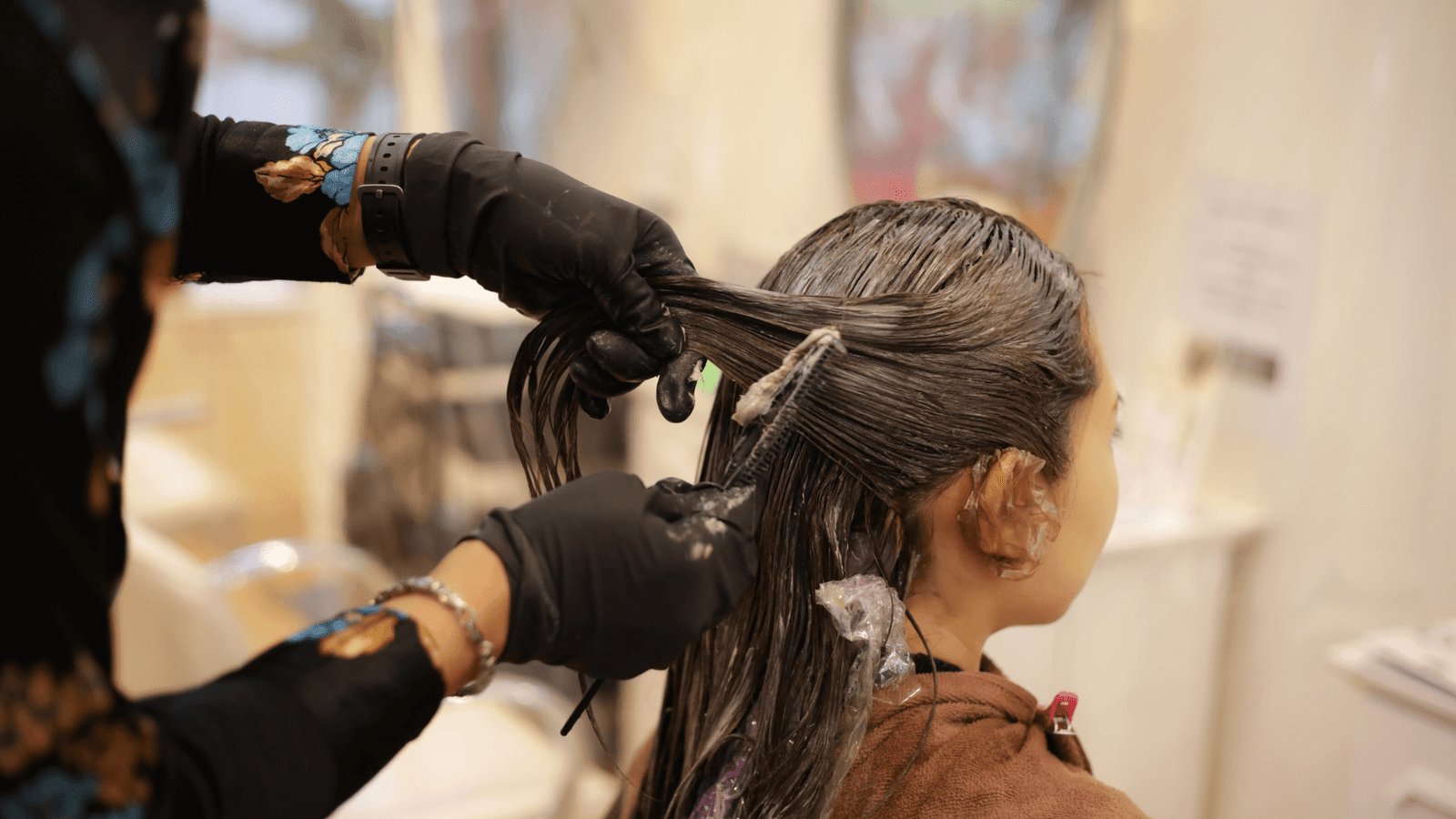
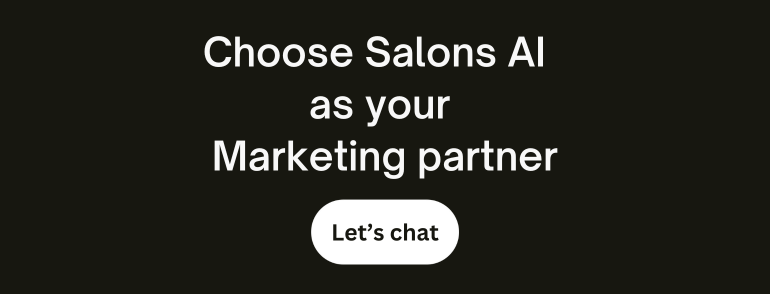
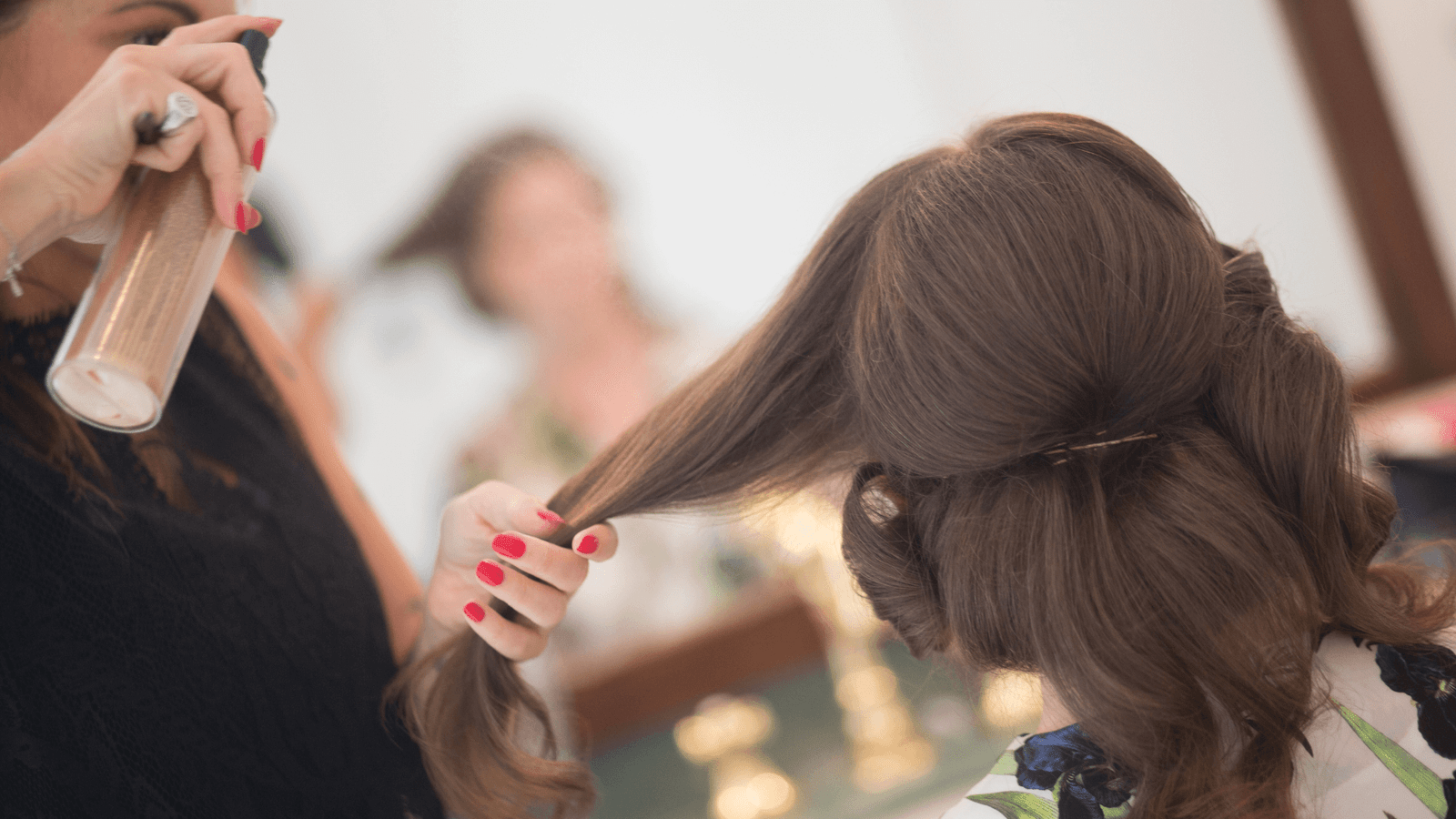
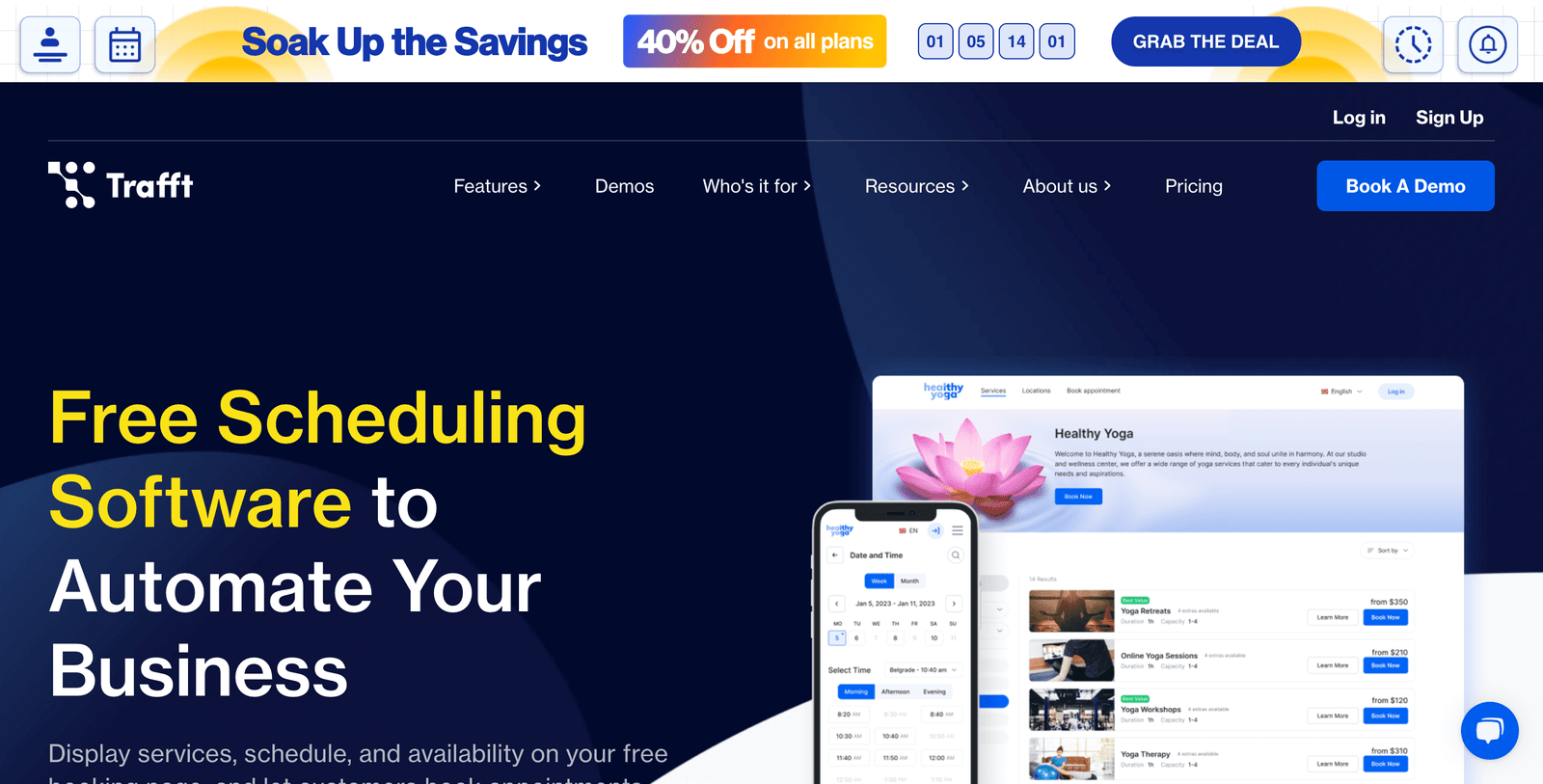
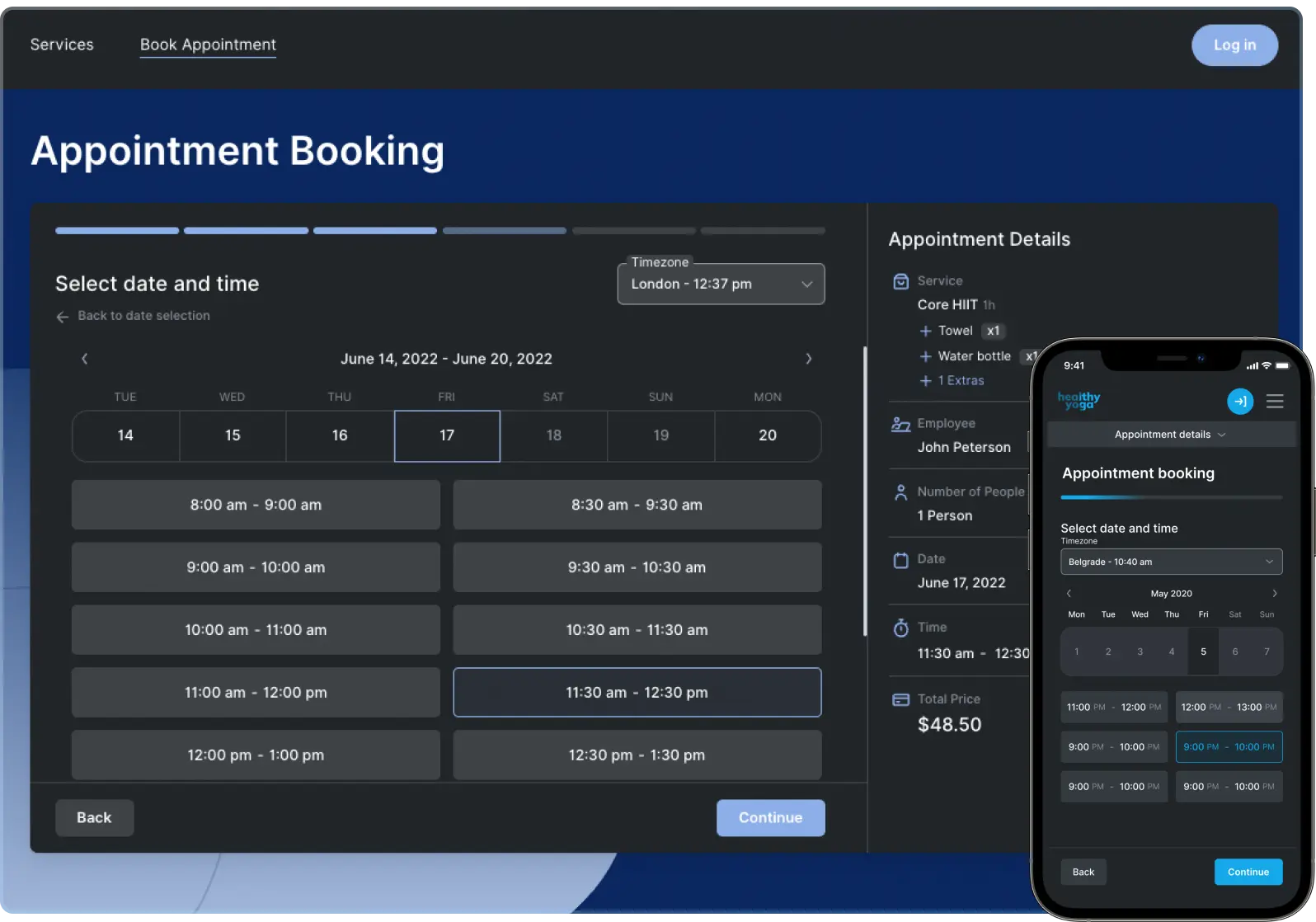
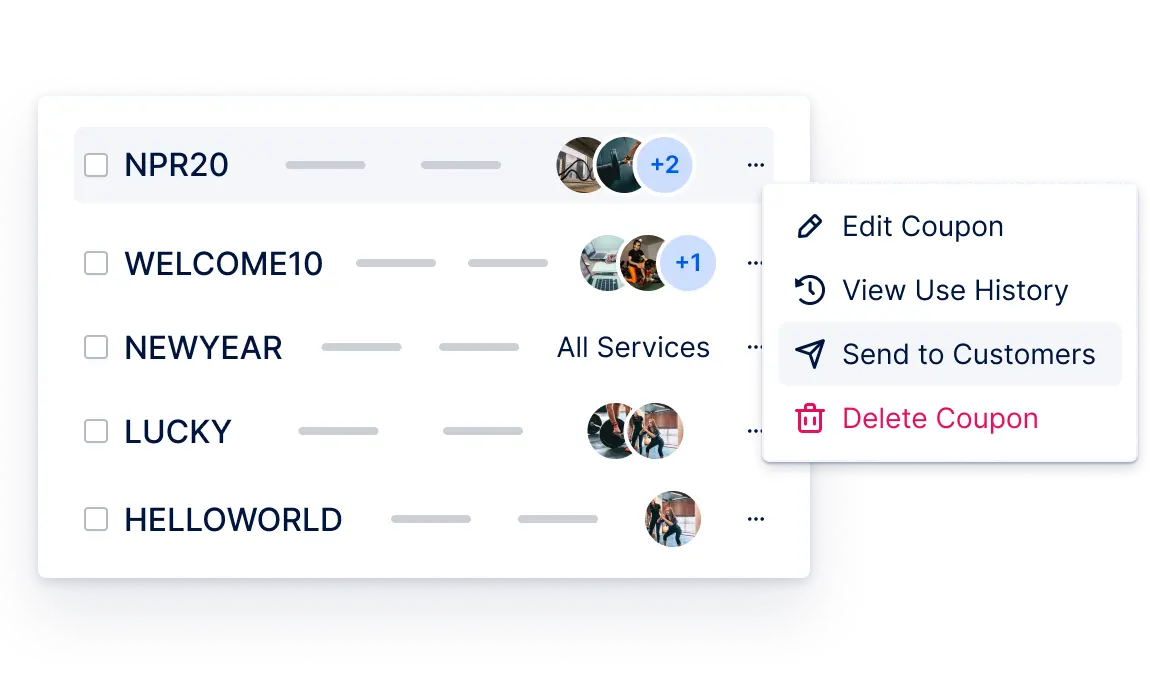




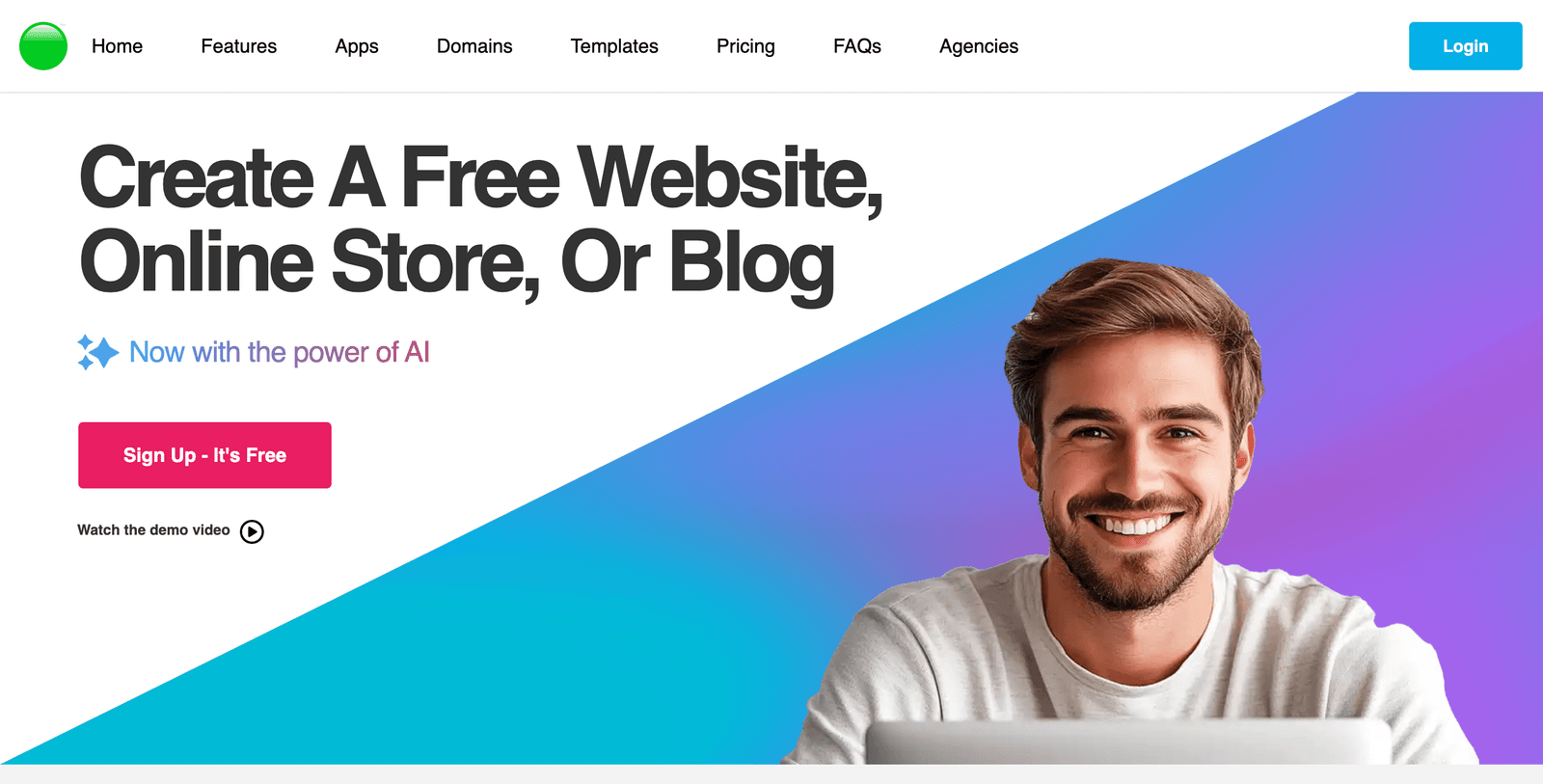
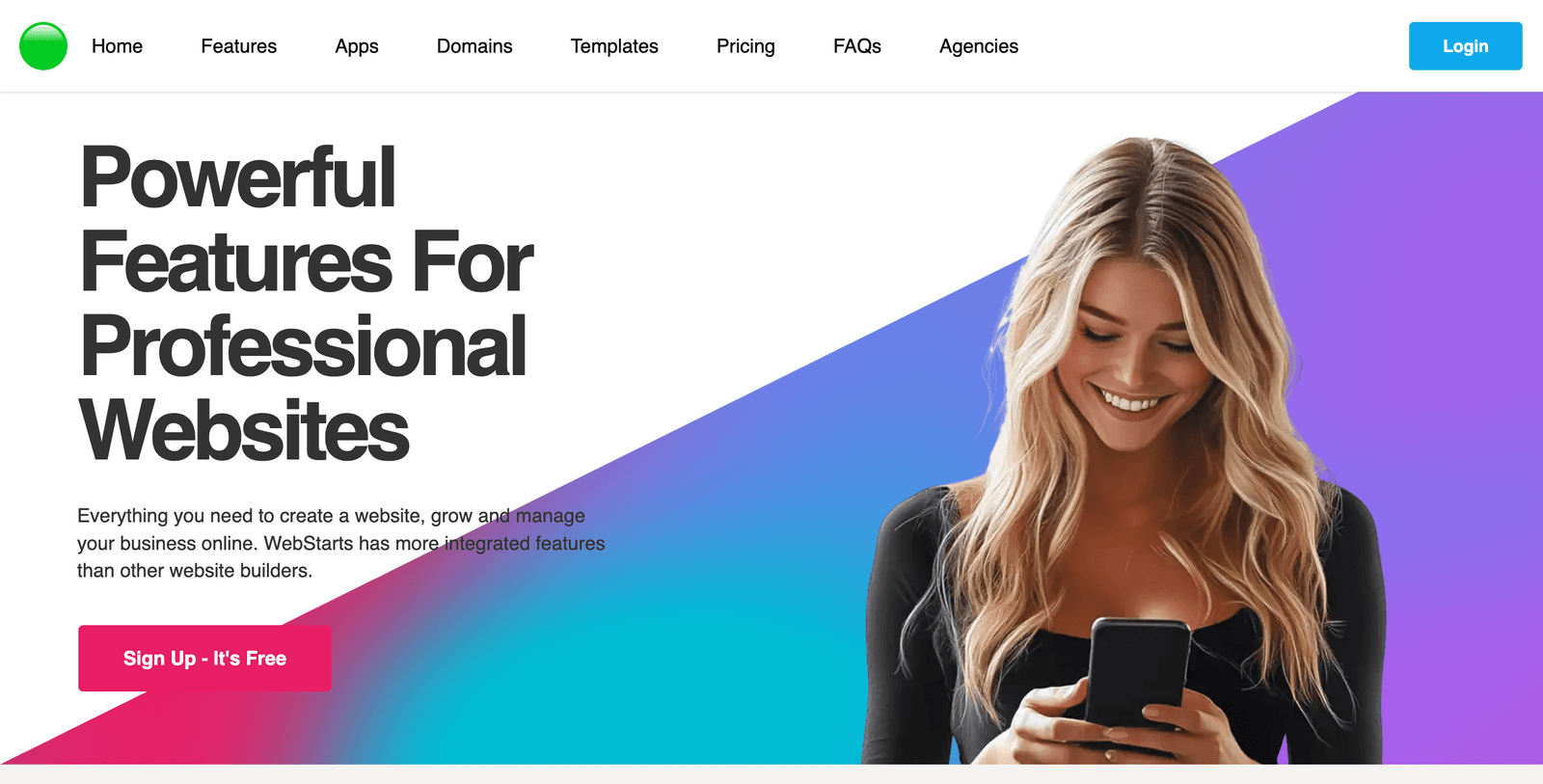
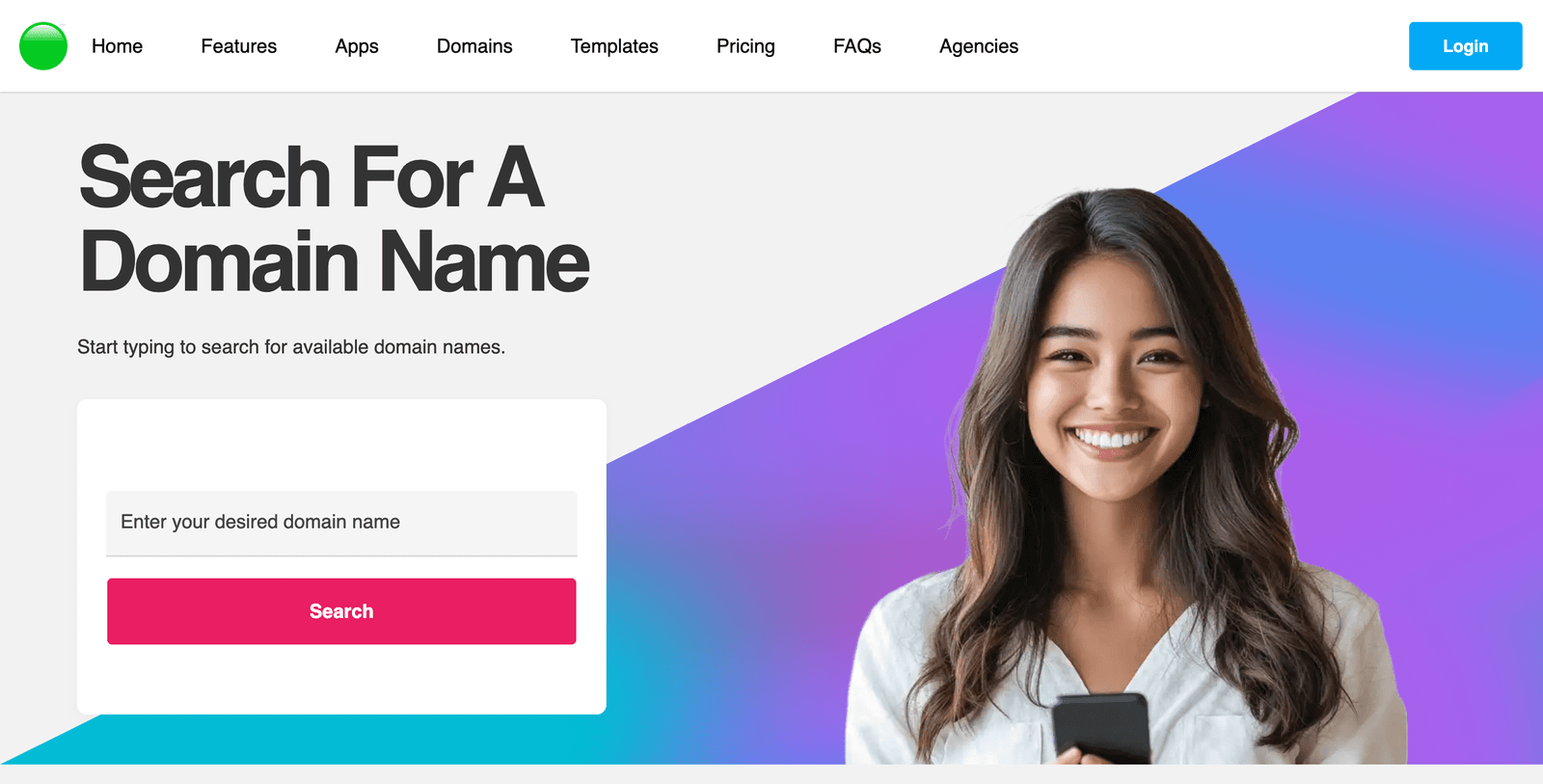
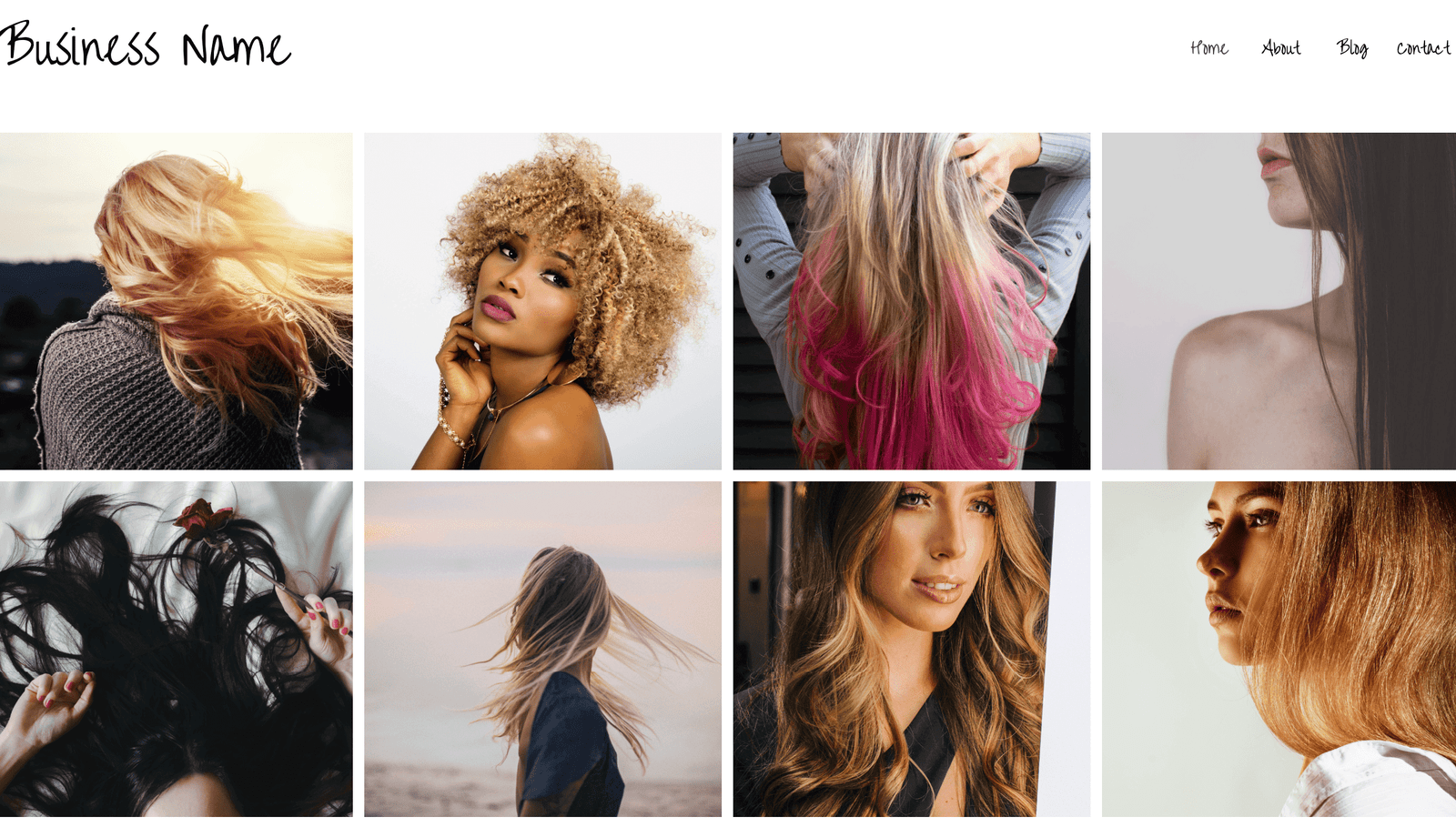
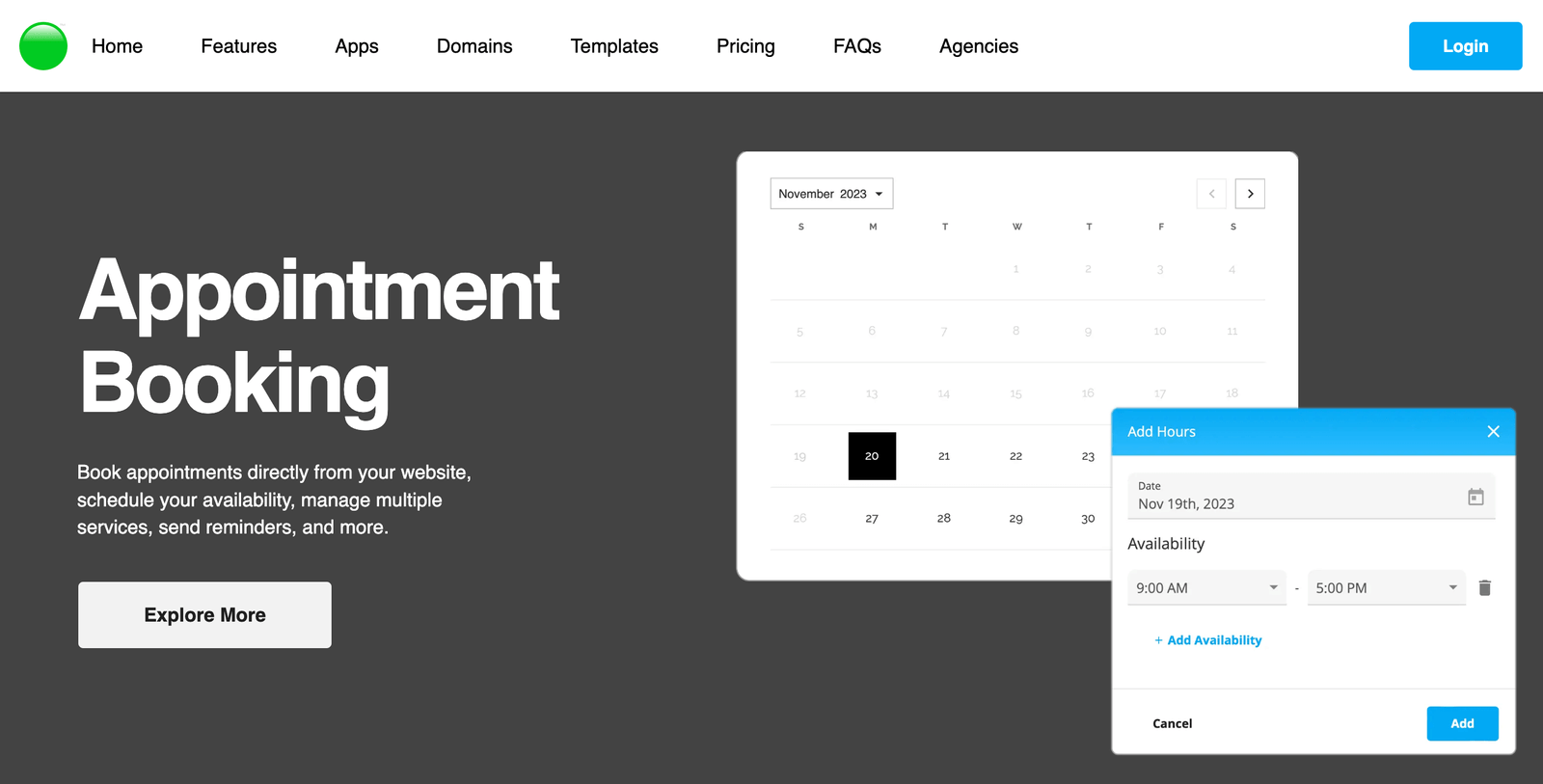

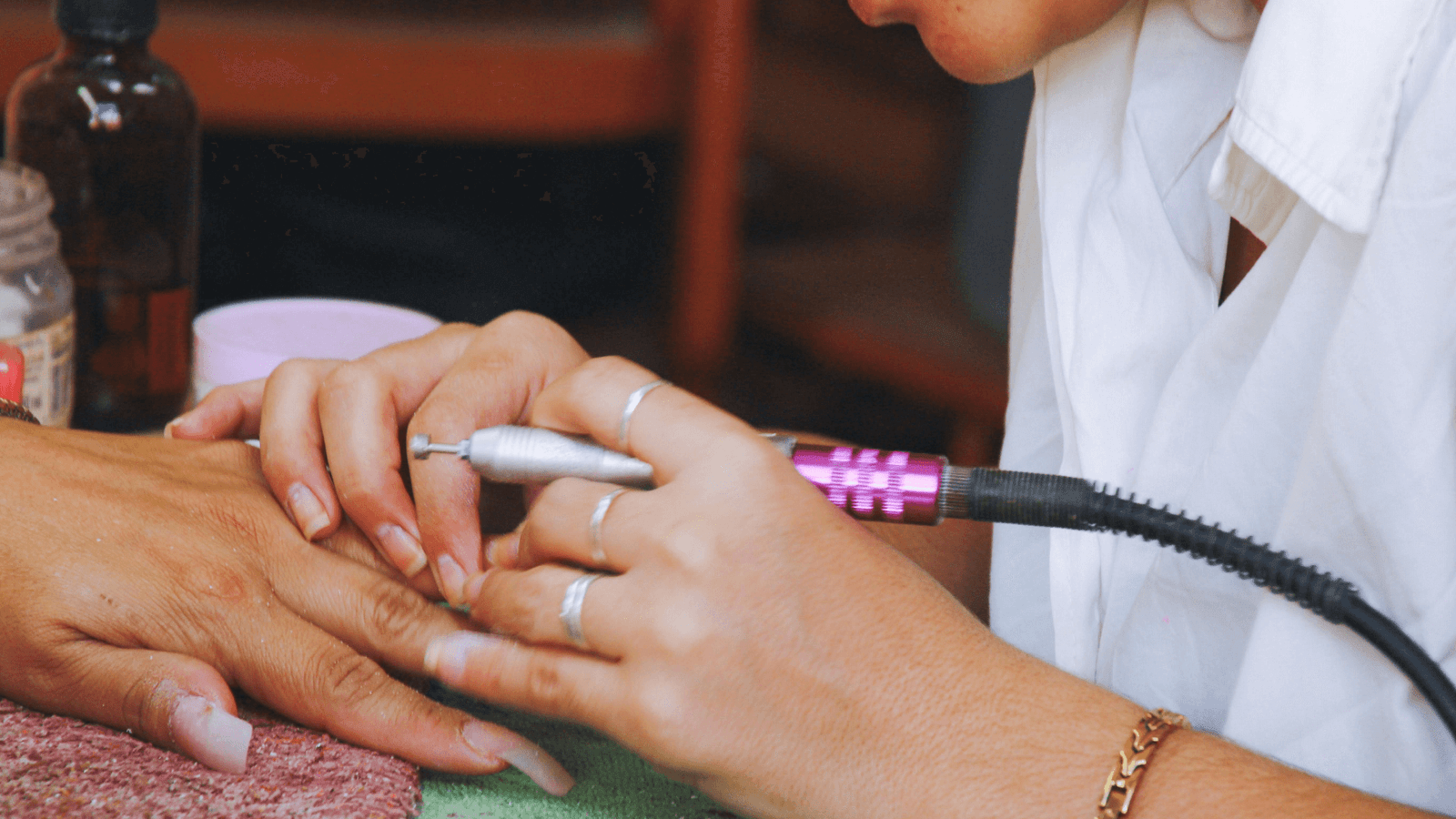
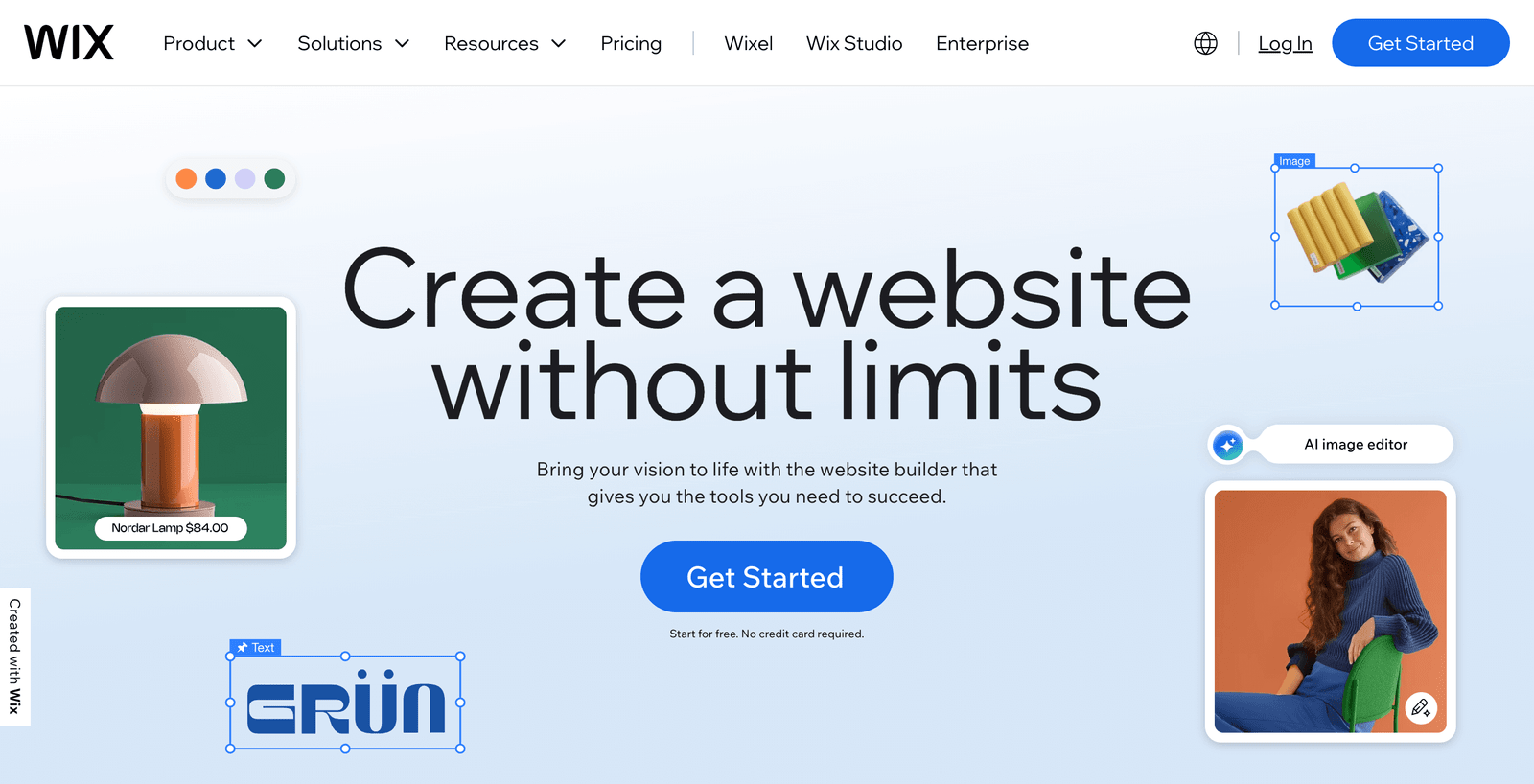
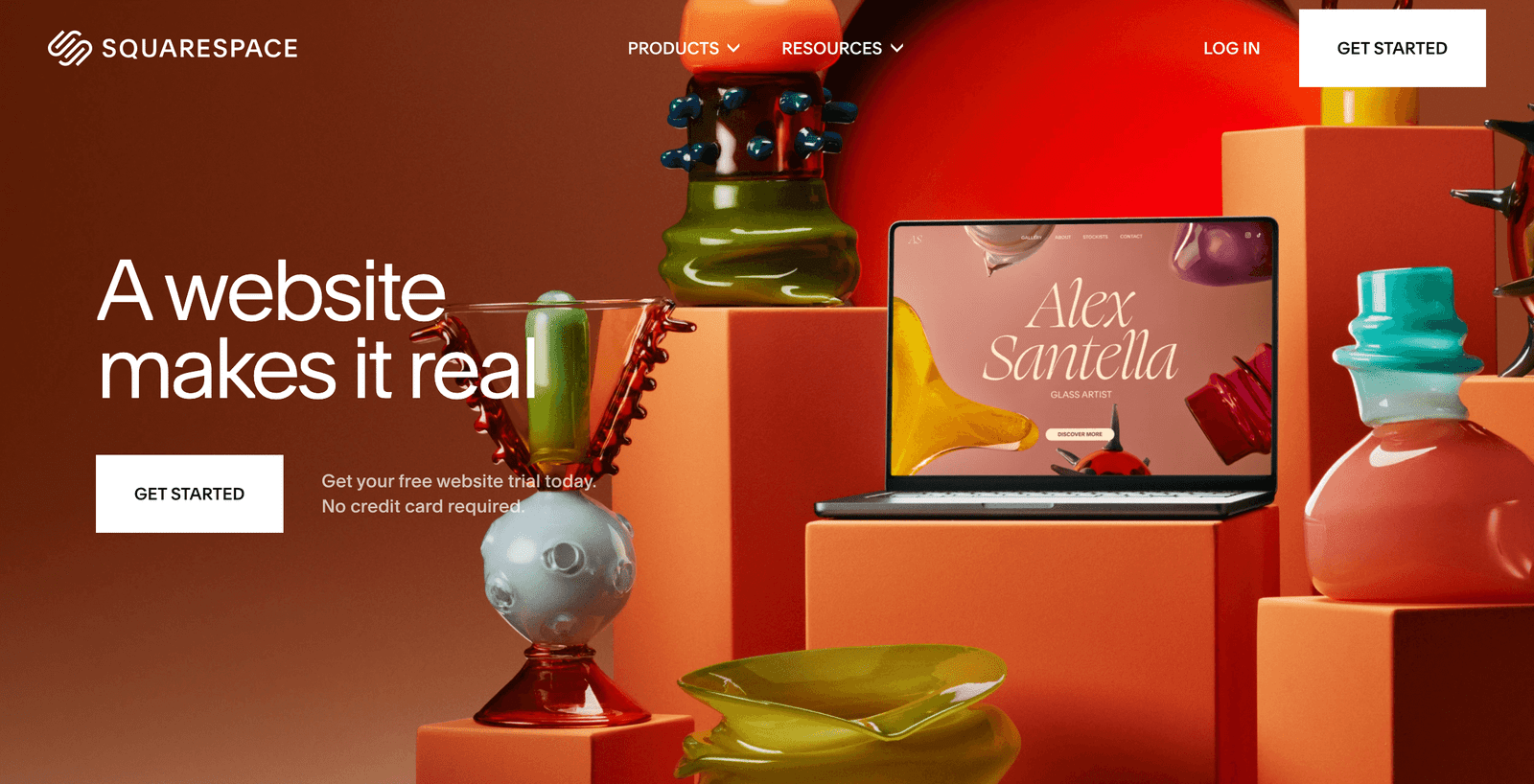
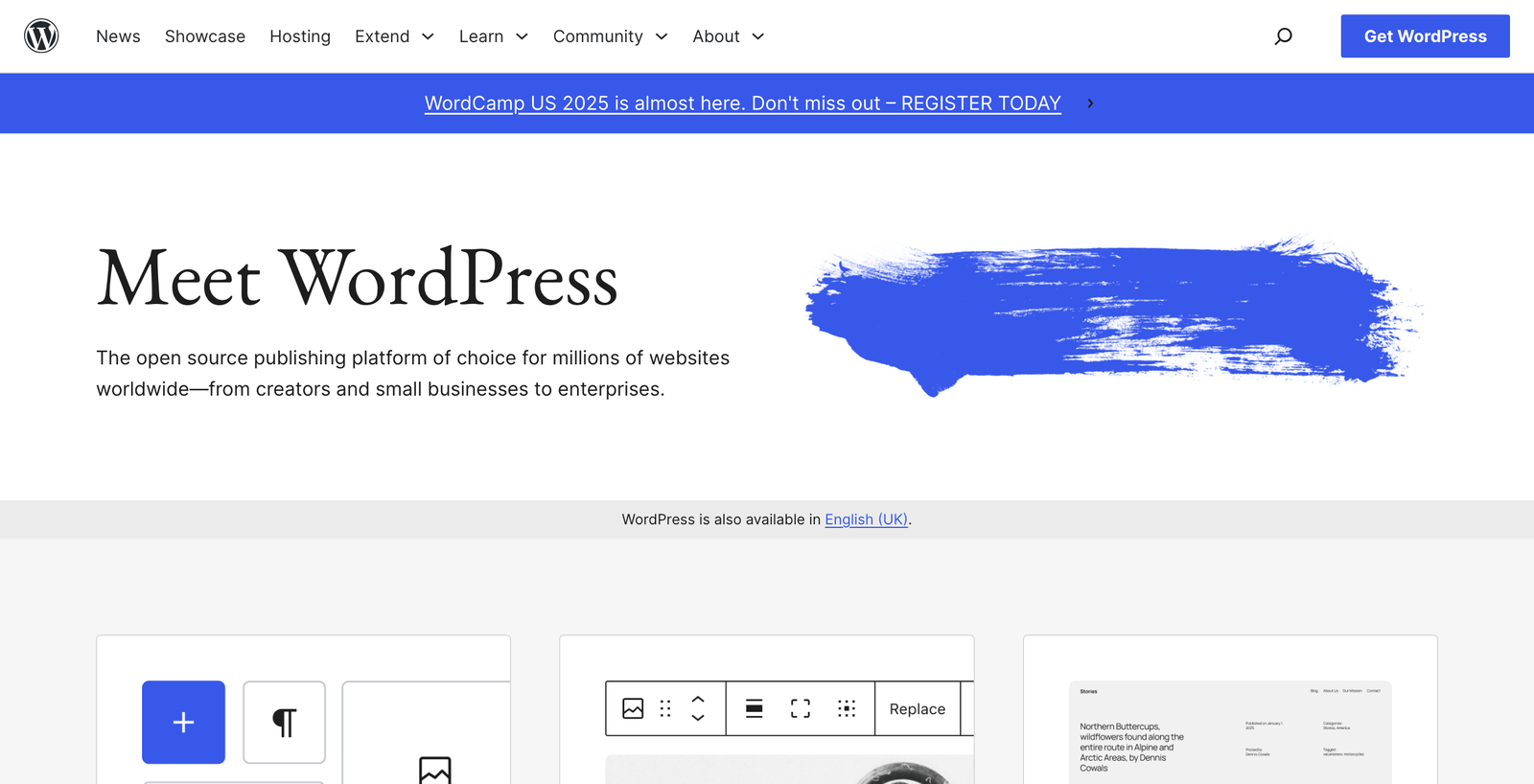
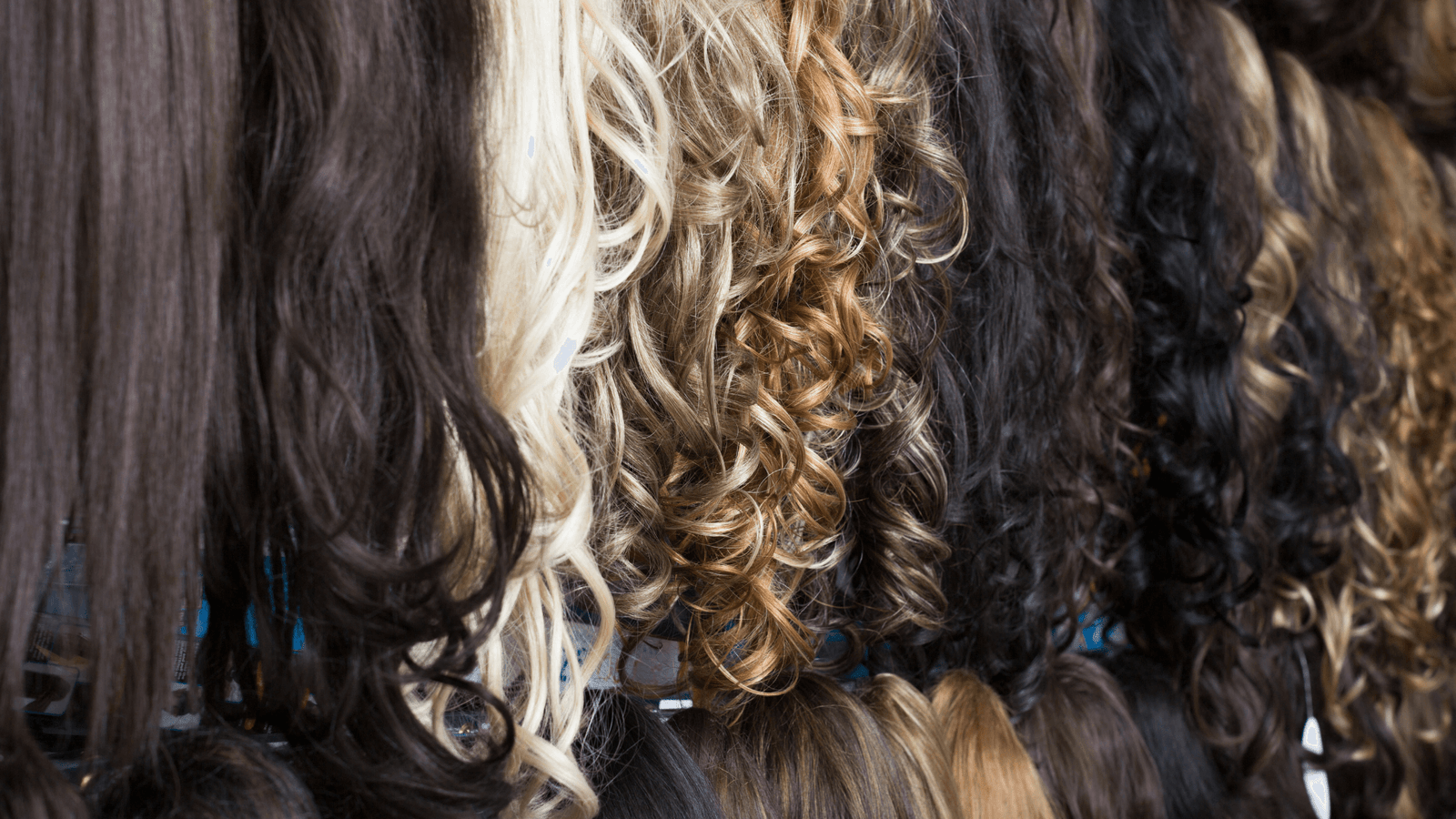
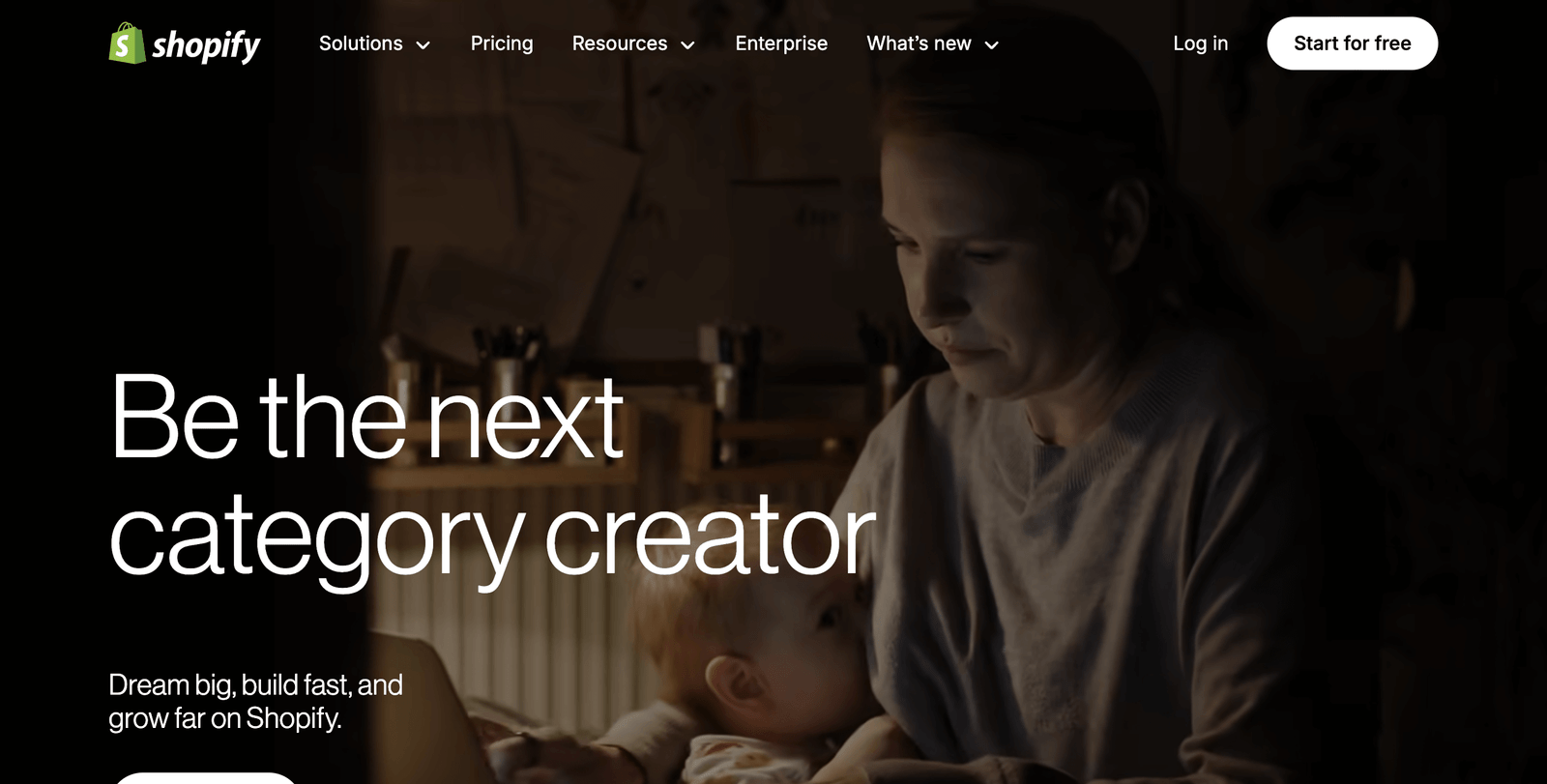
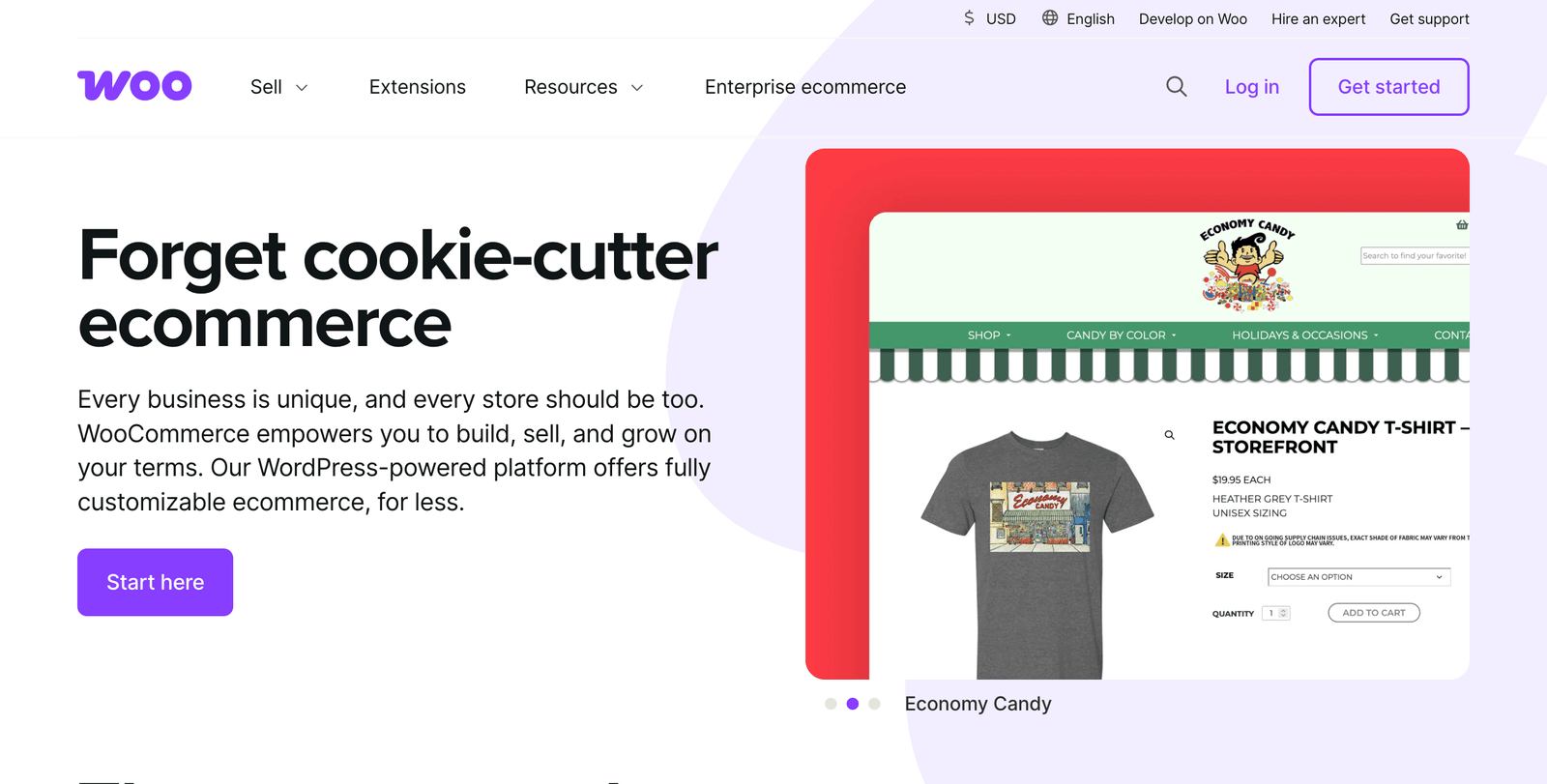


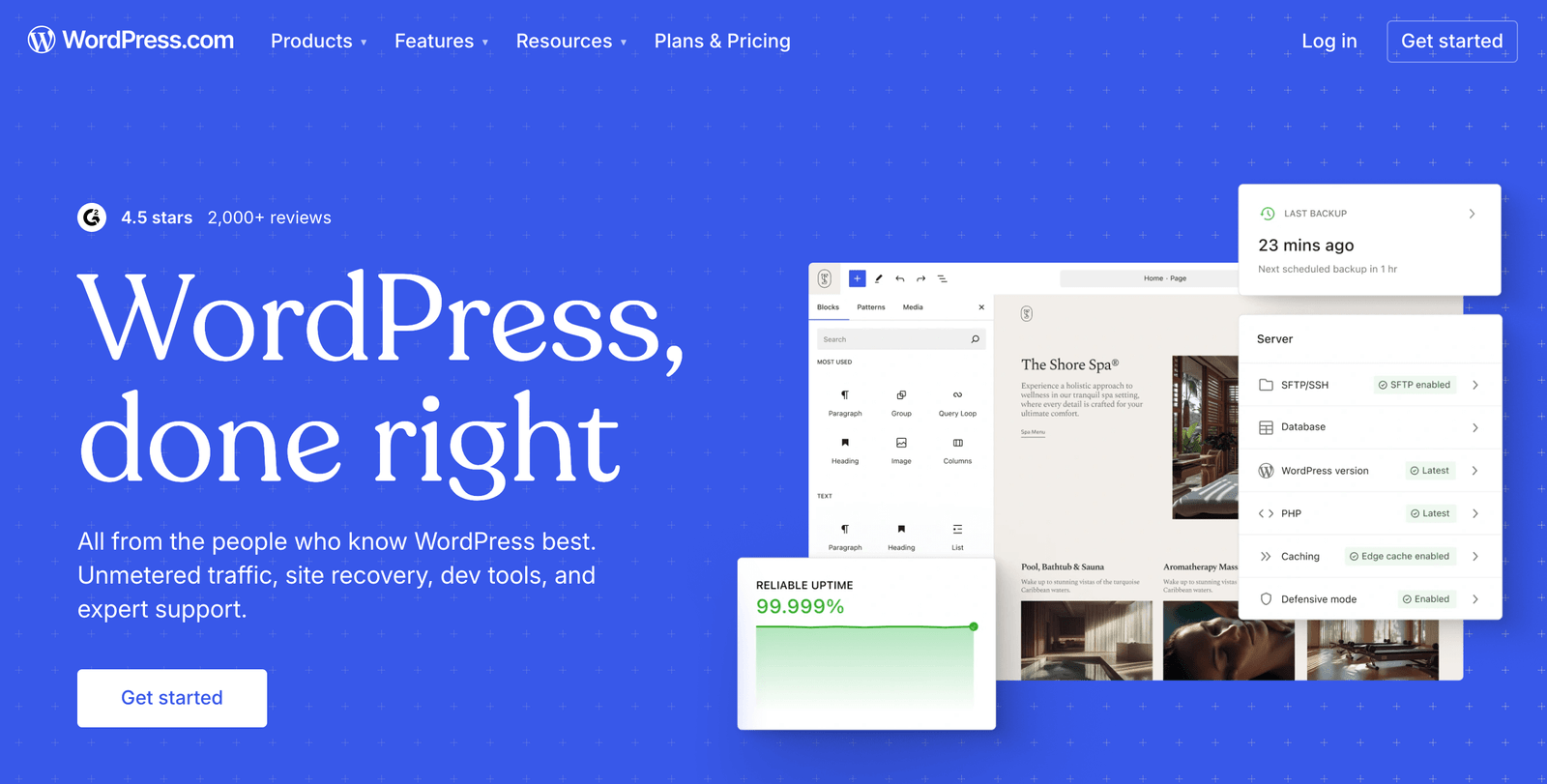
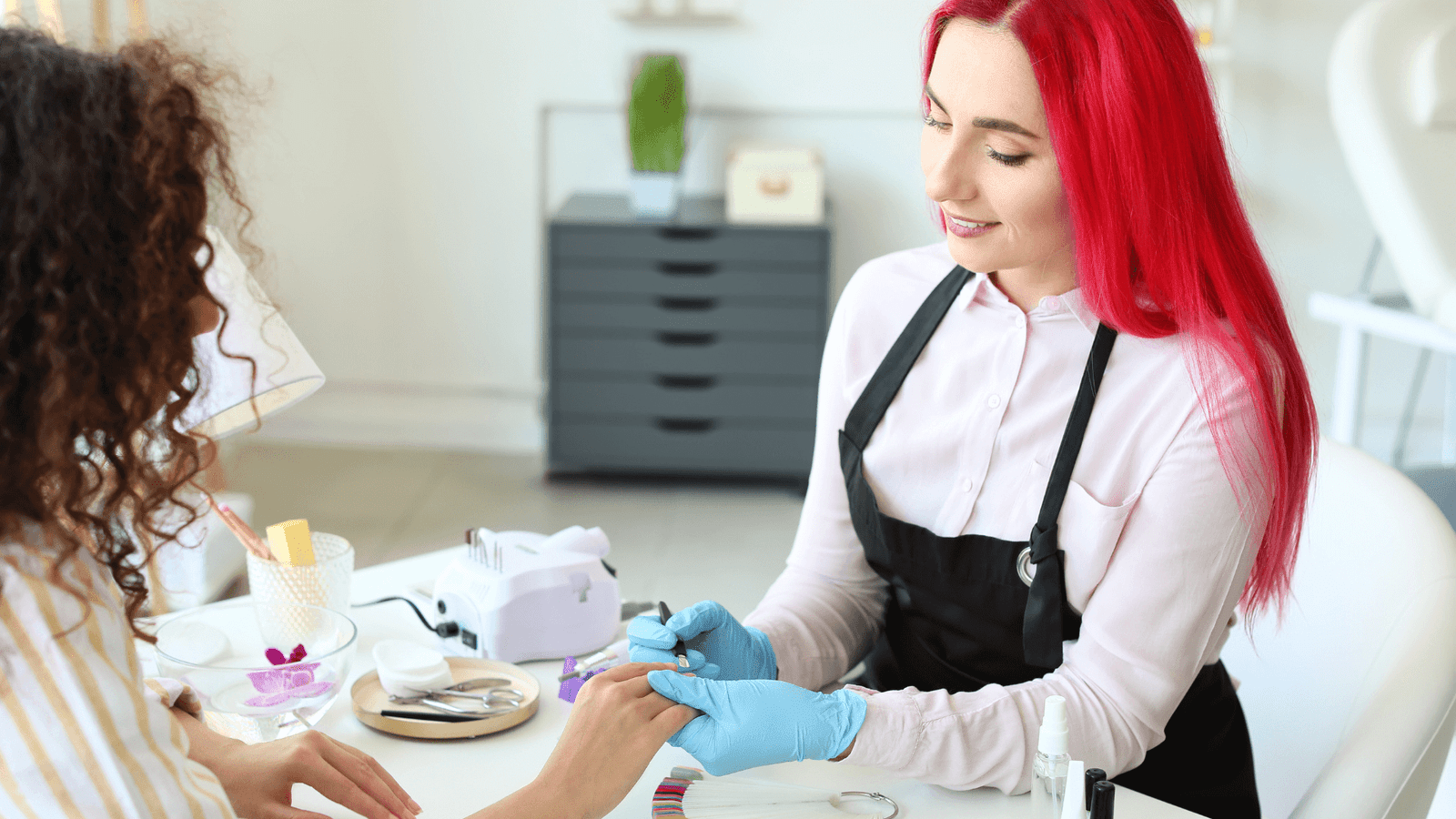
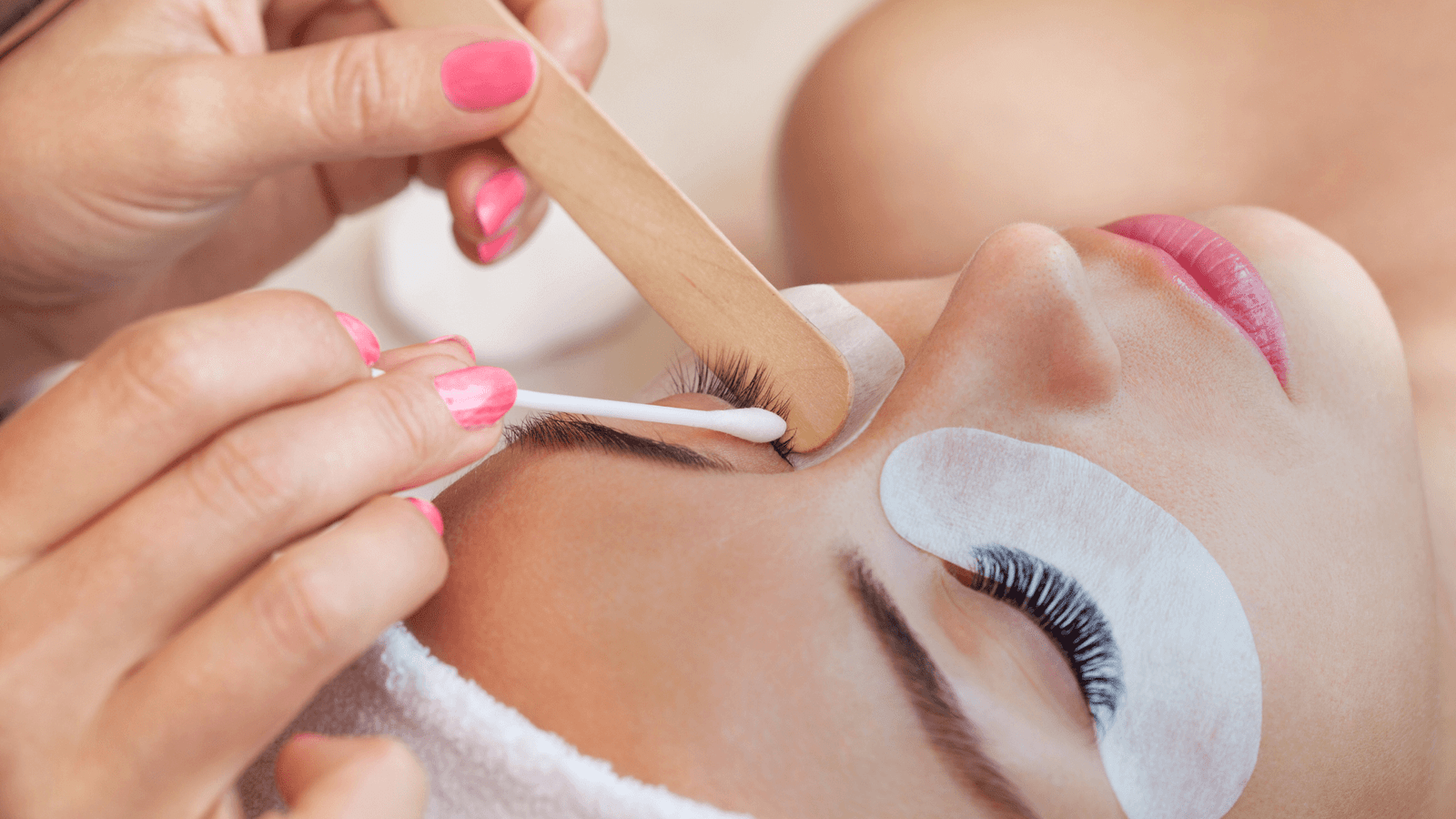
Social Proof and Portfolio Optimization
Customer testimonials increase conversion rates by 125%, while professional portfolio galleries improve booking intent by 189%. Research shows 91% of consumers trust online reviews as much as personal recommendations.